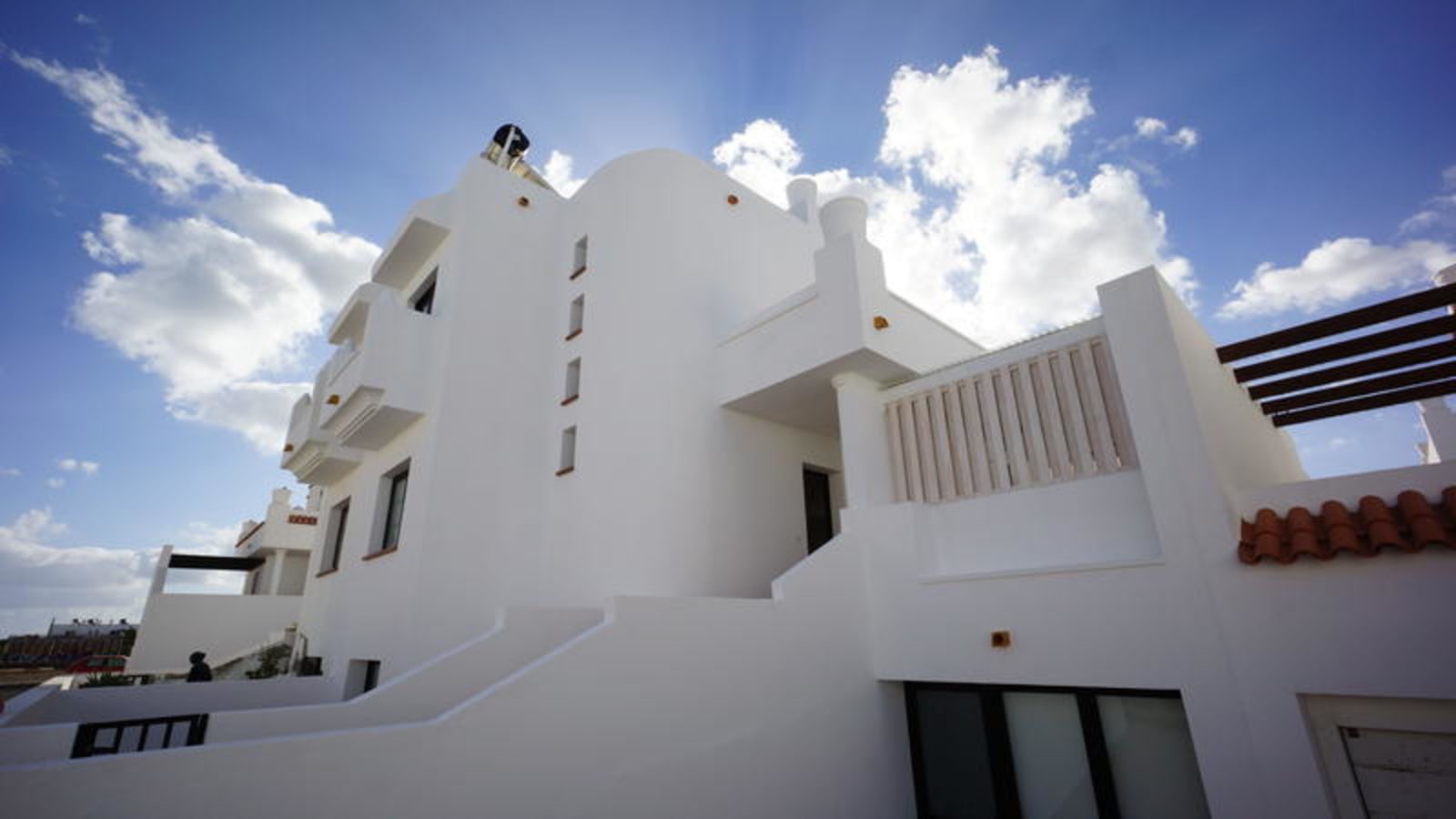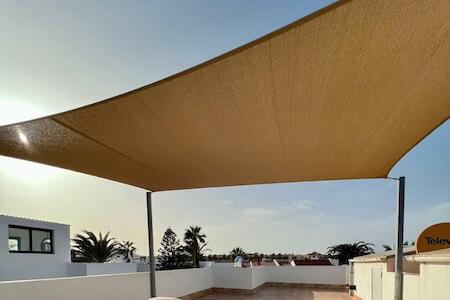Looking for budget stays in Fuerteventura? This section is designed to save you time, money, and unnecessary stress. We've got insider tips to help you find affordable hostels and the cheapest places to stay in Fuerteventura.

Fuerteventura is an island of the Canary Islands and a UNESCO Biosphere Reserve with thirteen protected nature reserves. The long coastline of Fuerteventura is just over three hundred kilometers, of which seventy-seven kilometers are beach. The different populated places on the island are well-connected, but the number of cars has increased in the last years and that can make traveling on the island slower and even dangerous.
The conquest of the island began in the very early fifteenth century, and soon, Fuerteventura was under the control of Spain. Then, the island remained of lower importance and even now, its population is less than seventy-five thousand people but the airport, built in the mid-nineties, has boosted the development of the island and improved its accessibility for foreign tourists.
Like the rest of the Canary Islands, one of the most traditional festivals celebrated on the island is the Spring Carnival, held on different dates between February and March in all municipalities.
The most important carnival in La Oliva is held in February in honor of the Lady of Candelaria. Among the most significant festivals is the festival in honor of Our Lady of Rosary, held in October in Puerto del Rosario. You can also visit the Canario Art Center Casa Mane in the municipality of La Oliva, the Mill Craft Center Antigua in the municipality of Antigua, and the Salt Museum in Las Salinas del Carmen in Antigua.
Most Fuerteventura hostels are located in Corralejo, just next to the beach, but you can also find Fuerteventura hostels in other places on the island.
However, Fuerteventura hostels in Corralejo are recommended if you look for convenience, as it is the most popular and largest tourist center on the island while there are far less populated and wild places for the more adventurous tourists. Hostels in Fuerteventura are generally quite good and cheap!
Many Fuerteventura hostels might not operate all year long, so it is good to check this before you go.
Corralejo, in the North of Fuerteventura
Corralejo, Canary Islands, Spain – situated at the northern tip of Fuerteventura – is a popular tourist destination with a population of roughly sixteen thousand. Fuerteventura is part of the Canary Islands, a Spanish archipelago around a hundred kilometers west of the Moroccan coast. The town used to be a shelter for pirates and smugglers in the seventeenth century; these days, Corralejo is one of the two main tourist towns of Fuerteventura and has undergone a transformation from a traditional fishing village to a bustling tourist town within forty years. Besides traditional tourists, you can also find a big expat community in the area; mainly Scandinavians, British, Irish, and Germans settled down in the municipality. The mild climate and sunshine all year round are the main attraction for tourists and expats alike.
Corralejo is a beach town offering more than eleven kilometers of fine sandy beaches with some smaller bays and sand dunes located just nearby, and tourism is a major source of income for the locals. Therefore, you can find plenty of hotels in the center and by the sea, and most range from two to four stars; simpler guesthouses are available, as well. If you are a backpacker and your budget is quite limited, check out the supply of hostels in Corralejo, Canary Islands, Spain. The Corralejo, Canary Islands, Spain hostel industry is not very developed, but your Corralejo, Canary Islands, Spain hostel will be clean and quite modern.
Corralejo Natural Park is an excellent place to go to enjoy the desert beauty of Fuerteventura. The nature reserve covers an area of more than two thousand hectares and offers many options for hikers, photographers, and nature lovers. Bayuyo, a volcano, is located only five kilometers south of Corralejo and has two craters of almost equal size. The summit Calderón Hondo is almost three hundred meters high. There are two paths to the summit, offering scenic views on the lava fields.
Written by Travel Expert Fuerteventura
 George Traveller
George Traveller


